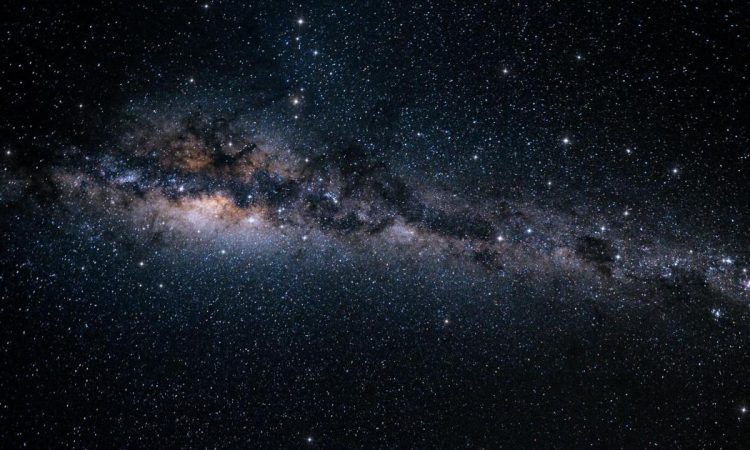
New research shows that the boundary of our galaxy lies somewhere else than previously thought.
Researchers have discovered that the outer limit of our… Milky Way extends much further into space than previously thought and is already in line with neighboring space Andromedagalaxy intersects.
This means that the two galaxies may already be interacting with each other. Until now, researchers have assumed that the two galaxies only formed in… 4 billion years would collide.
➤ Read more:
Treacherous gases
In a new study, scientists describe a new boundary between interstellar space and the so-called Circumgalactic Medium (CGM). The CGM is a huge cloud of gas that surrounds galaxies and accounts for about 70 percent of their mass.
Although this gas is actually difficult to observe, innovative techniques such as the study of it have made it possible lightwhich is absorbed by distant objects such as quasars, it is now possible to learn more about the nature of the gas.
At the end of the Milky Way
With modern instruments, the researchers were able to: 100,000 light years look deep into space. This gave them a much clearer idea of where the Milky Way’s influence ends. So they discovered a relative clear boundary between the gas within the galaxy and the CGM that surrounds it. That means that the Conditions in the CGM are surprisingly different than in the galaxy itself.
The researchers believe that the gas in the CGM is heated by other processes: “This probably happens through diffuse radiation from the galaxies in the universe and possibly also shock waves,” explained researcher Nikole Nielsen. “This interesting change is important and provides some answers to the question of where a galaxy ends,” she added.
Gas circuit
The scientists used that W. M. Keck-Observatorium in Hawaiito take the first image of this mixture of gas and matter around a galaxy. Their data now reveals a lot of new things about the dynamics of galaxies, in particular how gases accumulate there and are released again. This process is fundamental to their development.
The CGM plays a central role in this process because it regulates the circulation of gases inside and outside the galaxy. “By understanding what the CGM looks like around different types of galaxies – those that are forming stars, those that are no longer forming stars, and those that are in transition – we can observe how changes in this reservoir may be driving the changes in the galaxy itself,” said Nielsen.
The new findings could explain how galaxies grow and change over billions of years. By better understanding how the Milky Way and Andromeda interact, we can learn not only more about the future of these two galaxies, but also about how the universe works as a whole.

